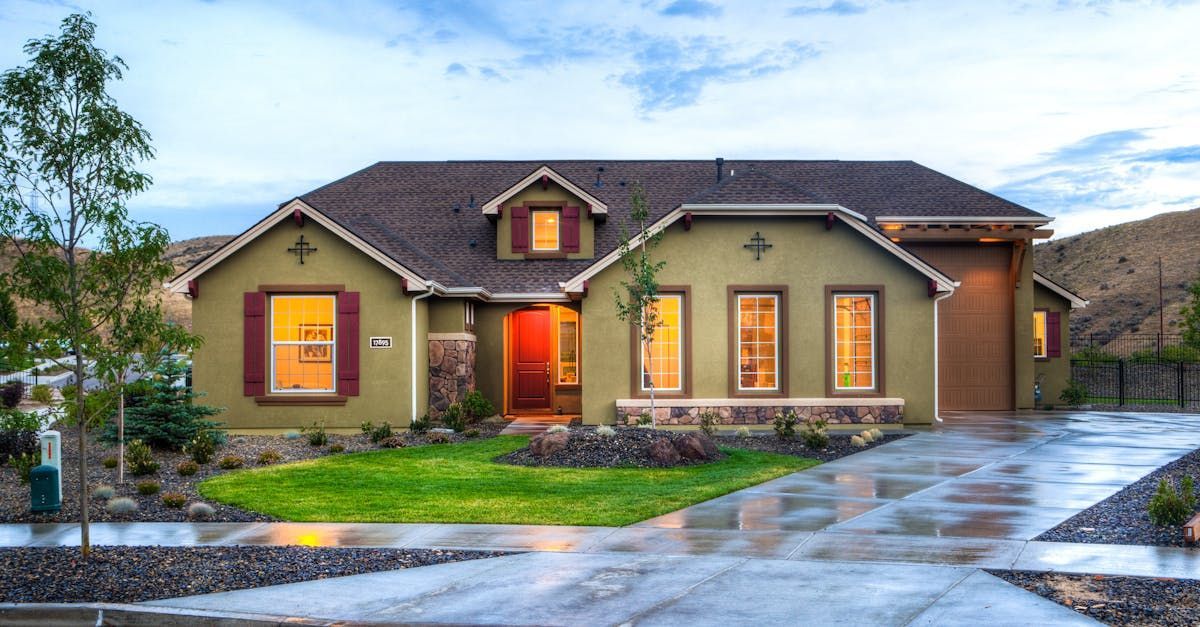Preparing Your Home for Storm Season: Essential Steps for Safety and Security
Storm season can bring unpredictable and severe weather, posing significant risks to your home and family. Proper preparation is crucial to minimize damage and ensure safety. Here’s how you can get your home ready for storm season:
1. Inspect and Repair Your Roof
A sturdy roof is your first line of defense against storms. Conduct a thorough inspection to identify and repair any loose or damaged shingles. Consider hiring a professional to assess the roof’s condition if you're unsure. Ensuring your roof is in top shape can prevent leaks and structural damage during heavy rains and high winds.
2. Clear Gutters and Downspouts
Blocked gutters and downspouts can lead to water accumulation and roof damage. Clean them regularly to ensure proper water flow away from your home. This simple maintenance task can prevent water from pooling around your foundation and causing long-term damage.
3. Secure Outdoor Items
High winds can turn outdoor items into dangerous projectiles. Secure or store away patio furniture, grills, garden tools, and any other loose objects. Additionally, trim trees and shrubs around your property to minimize the risk of branches breaking off and causing damage during a storm.
4. Install Storm Shutters or Impact-Resistant Windows
Windows are vulnerable points during storms. Installing storm shutters or upgrading to impact-resistant windows can provide significant protection against flying debris. These measures help prevent breakage and water intrusion, which can lead to extensive interior damage.
5. Check Your Insurance Coverage
Review your homeowner’s insurance policy to ensure it covers storm-related damage. Consider adding flood insurance if you live in a high-risk area. Having adequate coverage can provide peace of mind and financial protection in the event of severe storm damage.
6. Create an Emergency Kit
Prepare an emergency kit with essential items such as water, non-perishable food, flashlights, batteries, a first-aid kit, and necessary medications. Keep this kit easily accessible in case you need to shelter in place during a storm. Additionally, ensure you have important documents, such as insurance policies and identification, stored in a waterproof container.
7. Develop an Evacuation Plan
Plan and practice an evacuation route for your family. Know the local evacuation routes and have a designated meeting place if you need to leave your home quickly. Ensure all family members are aware of the plan and understand their roles.
8. Reinforce Garage Doors
Garage doors are particularly susceptible to wind damage. Reinforce them with a brace or install a new, wind-rated door to prevent them from being blown in during high winds. This step can help maintain the structural integrity of your home during a storm.
9. Backup Power Supply
Power outages are common during storms. Consider investing in a backup generator to keep essential appliances running, such as refrigerators and medical equipment. Ensure the generator is installed and operated safely, following manufacturer guidelines.
By taking these proactive steps, you can significantly reduce the risk of damage to your home and ensure the safety of your family during storm season. Proper preparation not only protects your property but also provides peace of mind, knowing you are ready to face whatever nature throws your way.


